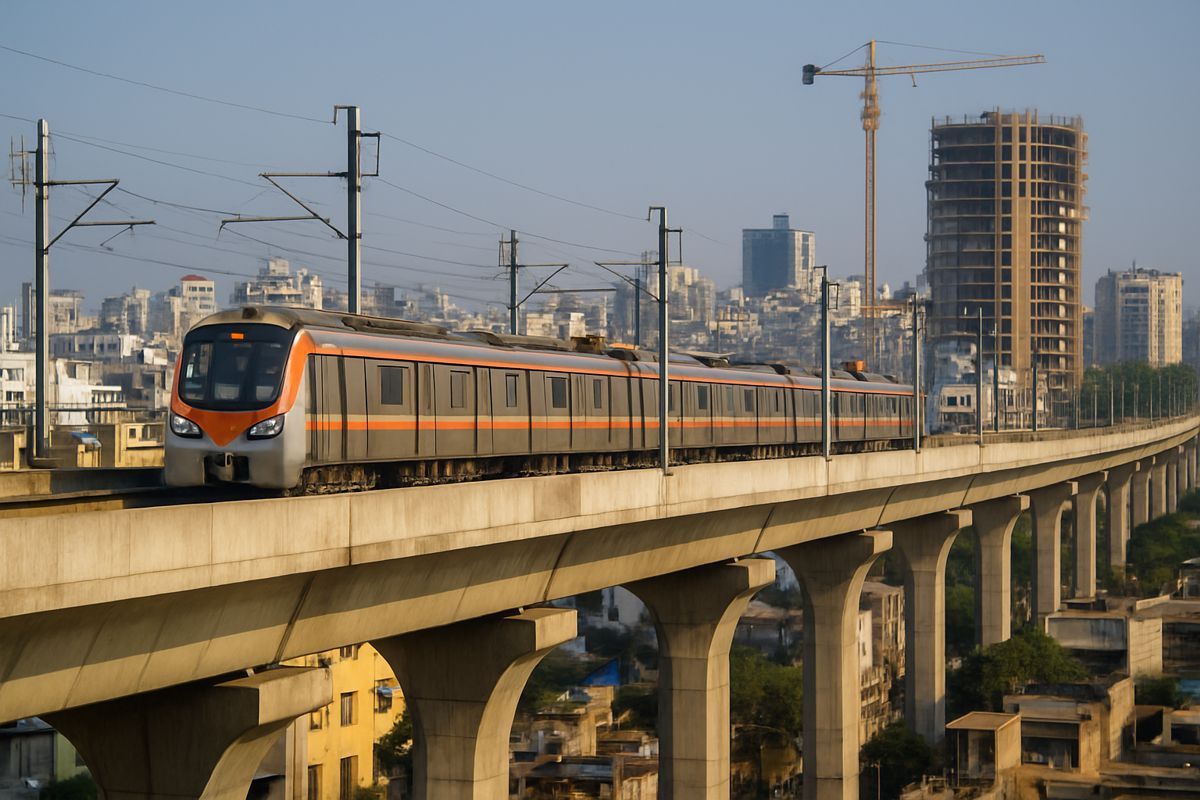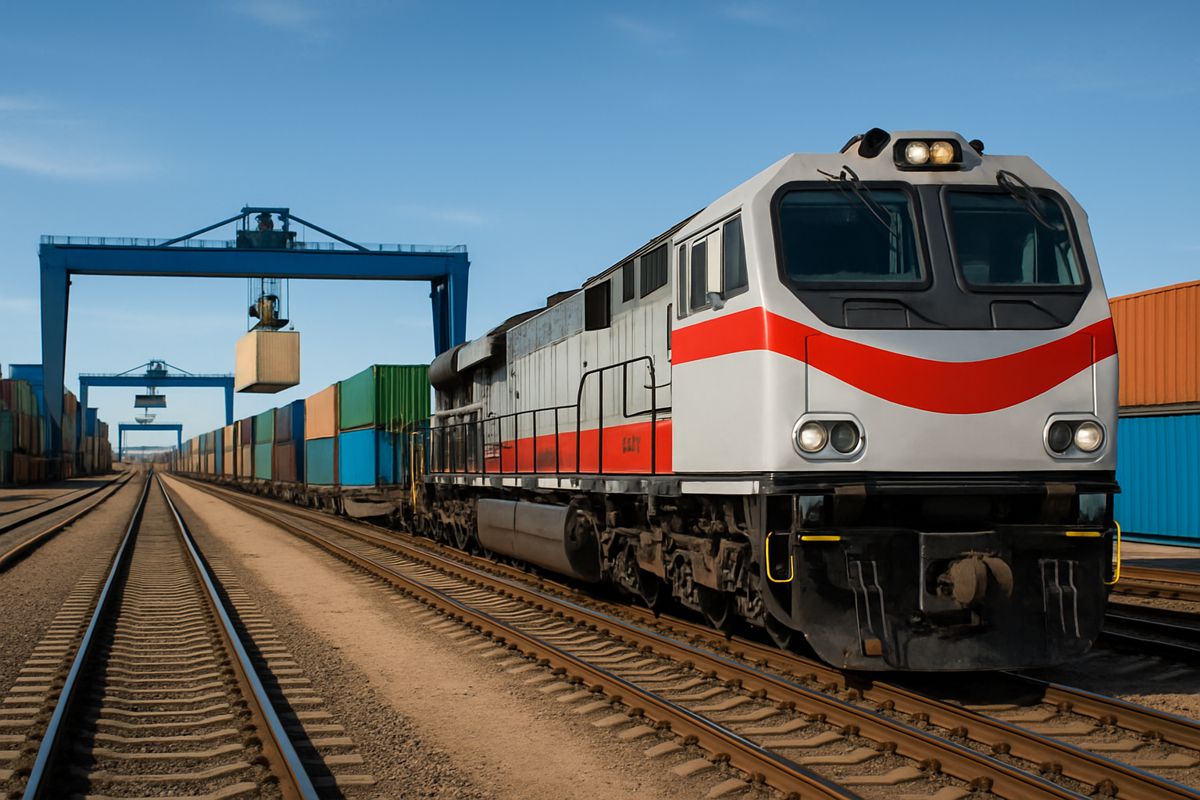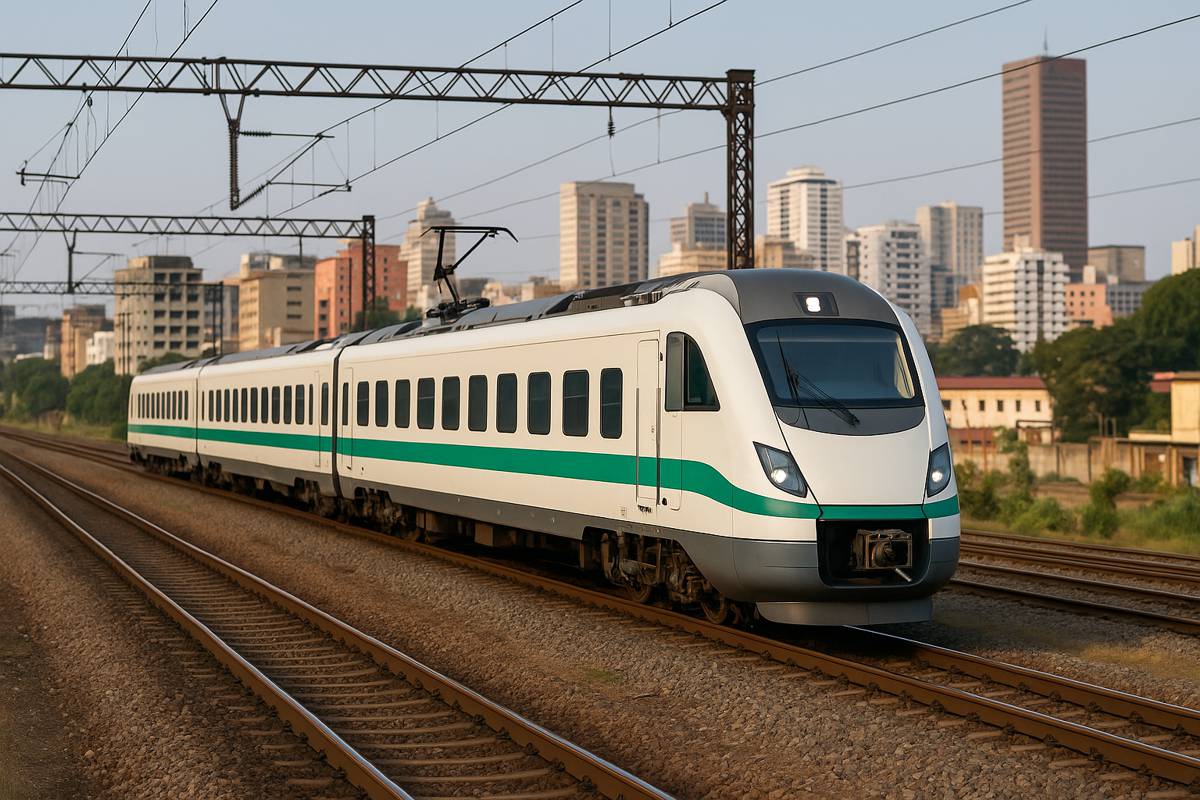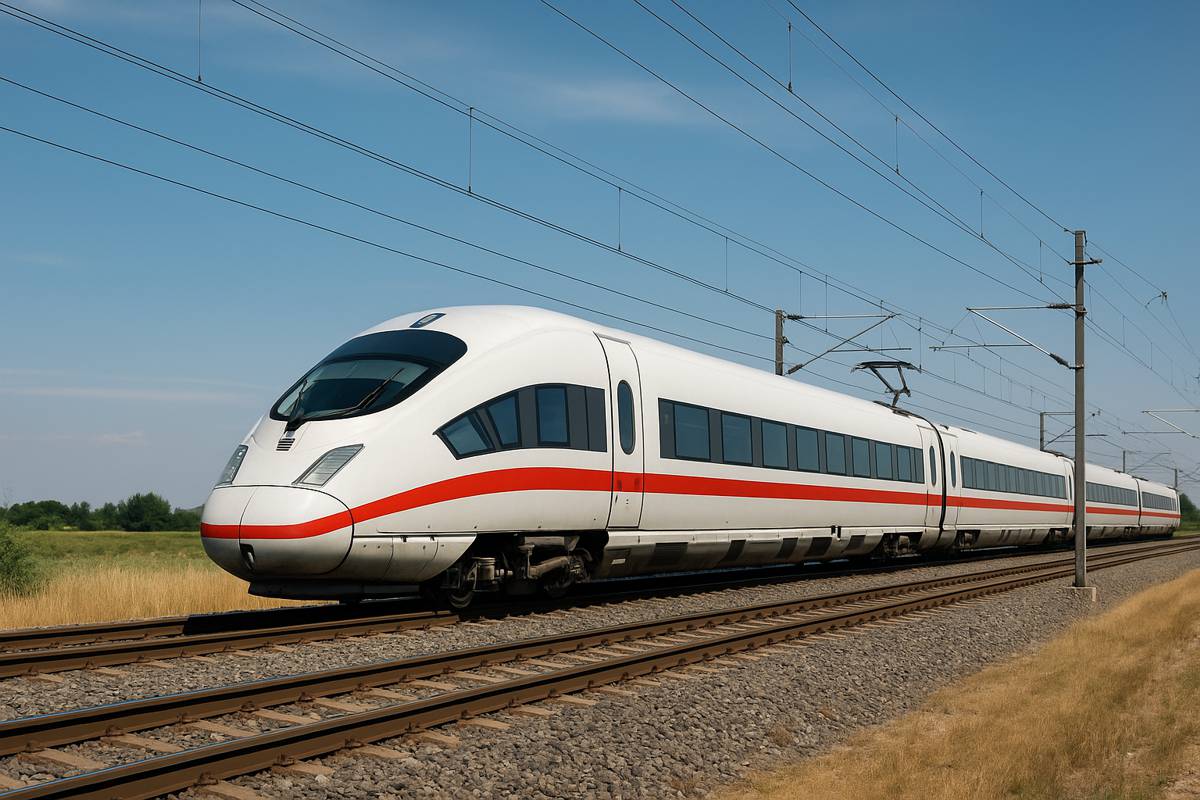Uruguay Central Railway construction awarded to Sacyr led consortium
The Grupo Vía Central consortium (GVC), led by Sacyr and the Uruguayan firms Saceem and Berkes, as well as France’s NGE, have signed a contract for the award of the Uruguay Central Railway project.
The work, promoted by the Uruguayan Ministry of Transport and Public Works, will consist of the rehabilitation of 273km of the railway that connects the city of Paso de los Toros with the port of Montevideo.
Grupo Vía Central is responsible for financing, design, 36 months of construction, rehabilitation, and ongoing maintenance for a further period of 18 years after the project.
The construction budget for this project exceeds €735 million.
Project financing
GVC has already completed the initial stage of the financial structuring, with which it will develop the work. The funds will be provided by IDB, CAF, CAFAM and international private banks.
The first stage of works includes the preparation of new cartography, soil tests and design adjustment.
The representative of GVC, Alejandro Ruibal, highlighted the importance for the consortium in participating in this historic milestone for Uruguay, which for decades has not carried out railway works of this importance.
“Each of the companies that are participating in the consortium have the experience and professionalism necessary to carry out this work; we have excellent teams that will be essential to achieve the goal,” added Ruibal.
Description of the work Central Railroad
In addition to the Paso de los Toros – Montevideo route, GVC will operate on secondary roads, so that, in total 340 kilometres of roads will be constructed. The new layout is mostly identical to the existing and will facilitate access to the rail construction sites.
Signalling
The new road will have a new signalling system with a high level of safety features, which will modernize the existing system in order to comply with current safety standards.
Stations and bridges
As part of the project, 25 stations and passenger stops will be rehabilitated and the existing structures will be adapted.
The project includes construction of new structures to eliminate points of interference between rail traffic and road traffic. This is the case in particular of the construction of six trenches that separate road traffic and train circulation.
An acoustic impact study will also be carried out near schools and health centres, with acoustic screens bring installed in some areas to maintain the sound levels in suitable ranges. The new track improves the acoustic impact using continuous welded rail technology that replaces traditional methods.




















